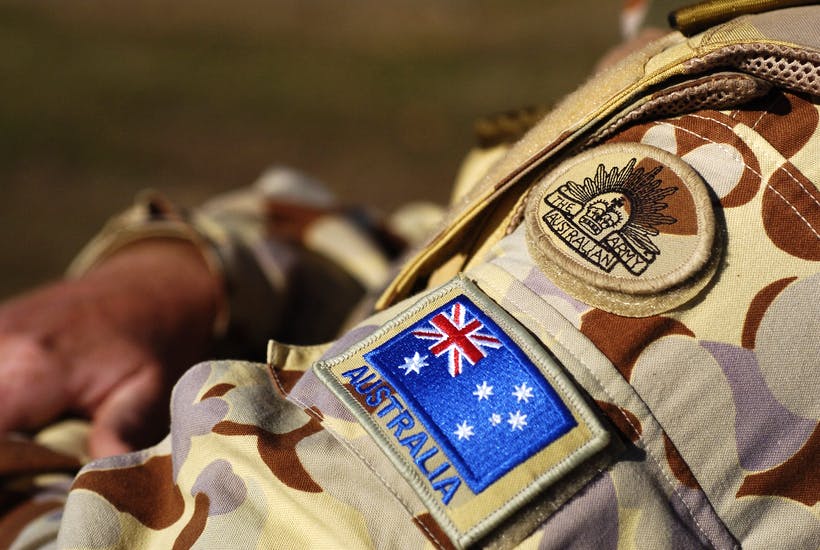50 billion dollars… It’s money we spend to achieve a capable defence force every year. We are supposed to get something for our money, but we don’t. It would be easy to point the finger at the current government, which is acting true to ALP form and sacrificing defence to supply welfare projects that boost the government’s size and powers, but the previous Liberal governments were just as bad.
Already a subscriber? Log in
Subscribe for just $2 a week
Try a month of The Spectator Australia absolutely free and without commitment. Not only that but – if you choose to continue – you’ll pay just $2 a week for your first year.
- Unlimited access to spectator.com.au and app
- The weekly edition on the Spectator Australia app
- Spectator podcasts and newsletters
- Full access to spectator.co.uk
Or


























Comments
Don't miss out
Join the conversation with other Spectator Australia readers. Subscribe to leave a comment.
SUBSCRIBEAlready a subscriber? Log in